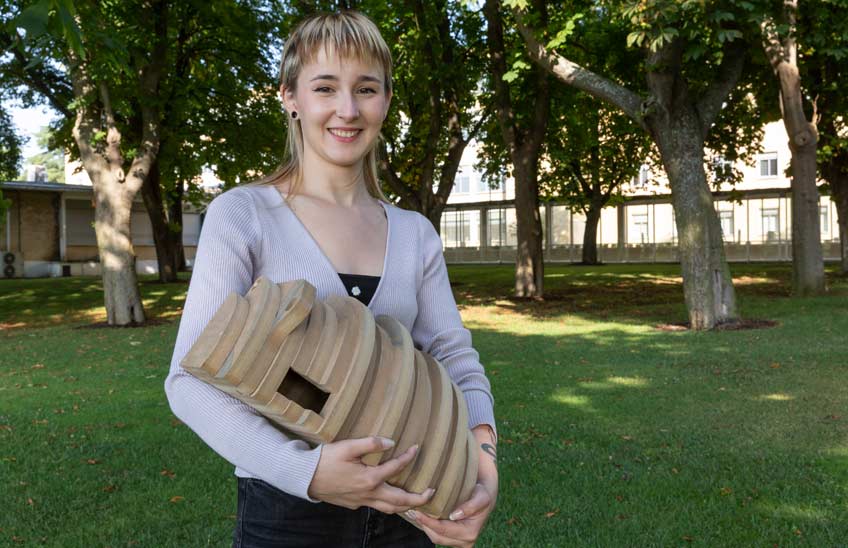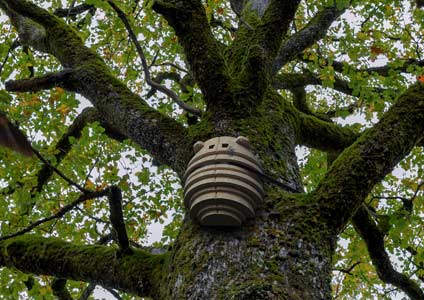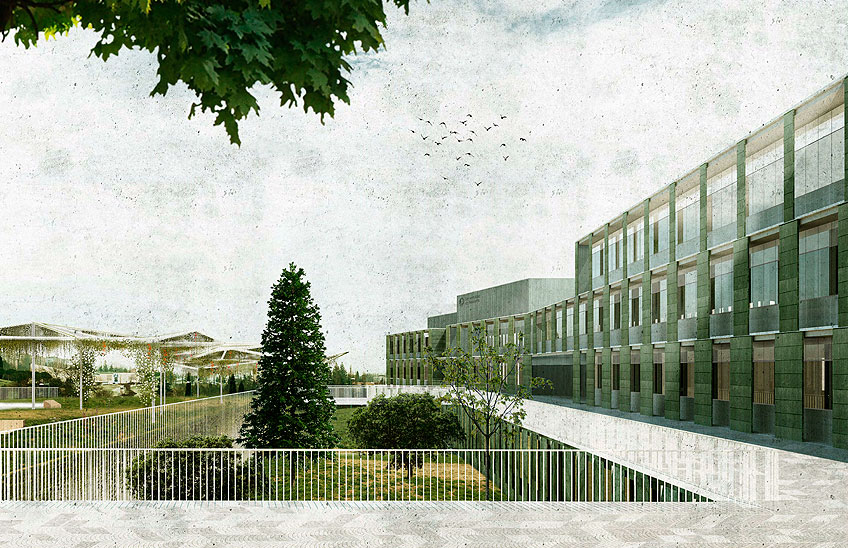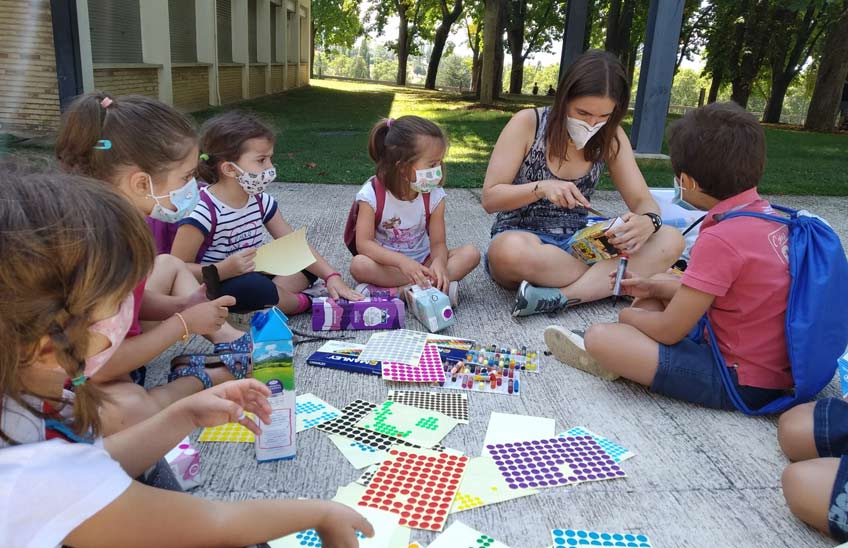Biodegradable nesting box designed for conservation of endangered wildlife
Aintzane Huarte is a former student of the University and has designed a nesting box that can house different species.

23 | 08 | 2021
Aintzane Huarte (Pamplona, 22 years old) has a degree in design from the University of Navarra and has designed a nest box to protect endangered species. School of Architecture University of Navarra and has designed a nesting box to protect endangered species. The proposal of the designer is framed in its work End of Degree that has by degree scroll "Building a bridge for the future. proposal for the conservation of threatened urban and forest fauna, and the promotion of the environmental Education ".
This nest box presents two important novelties. On the one hand "its design allows you to change Username "and can accommodate two different species. The suggested nest box is designed to be used by both the common swift(Apus apus) -a migratory bird present in cities- and the saproxylic insects(Osmoderma eremita) that live in forests. On the other hand, the shape of the box can be oriented horizontally or vertically depending on the animal that will reside in it.

"The final form is a box whose curved design , inspired by contour line maps, allows for create modular groups of boxes on building façades to facilitate life in swift coloniess, while it can also combine two boxes vertically by joining the internal spaces, for an increase in volumetric capacity to make the habitability of saproxylic invertebrate larvae possible," says Aintzane Huarte.
In order to make this proposal, the young woman from Pamplona has studied for months the behavior of these two species, as well as the impact that certain human actions have on the environment, such as, for example, urban growth and deforestation.
For Aintzane Huarte this project aims to create a bridge between the environment and society in order to ensure the survival of some endangered species thanks to artificial nesting boxes, and also to improve the knowledge on sustainability "making use of design as a method educational to promote the conservation of biodiversity".
A 100% sustainable design with implications for the environment Education
The nesting box suggested by Huarte is designed to be produced in wood, does not require any metal parts for its assembly, and its design is inspired by natural elements. "The box does not use glues for its assembly, nor resins or treatments to improve its resistance to damage caused by climatic factors, since its production would make use of resistant woods such as acacia or some species of pine".
Regarding design Huarte has taken into account the orientation of the cavity, the interior space required by the species, the habits and social behavior of these animals, as well as requirements for sustainability, biomimetic possibilities and ease of production.
The Navarre designer intends in the future to test the effectiveness of the box, optimize the possibilities of its design, and "to implement the educational part associated with project, conducting workshops at partnership with schools and naturalist associations".




